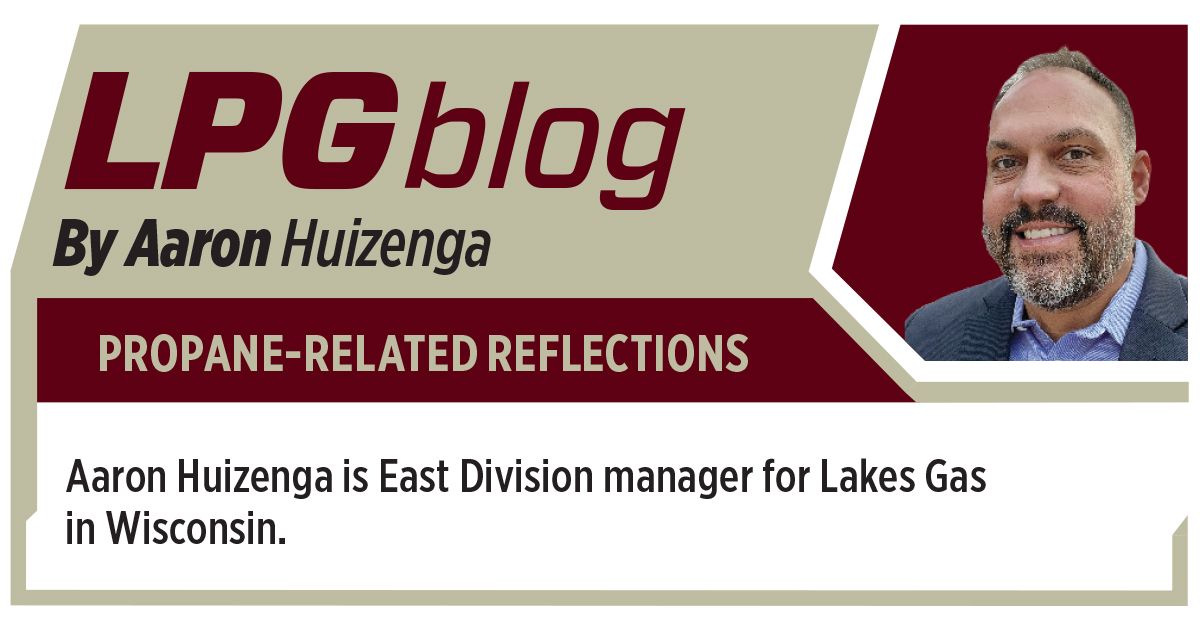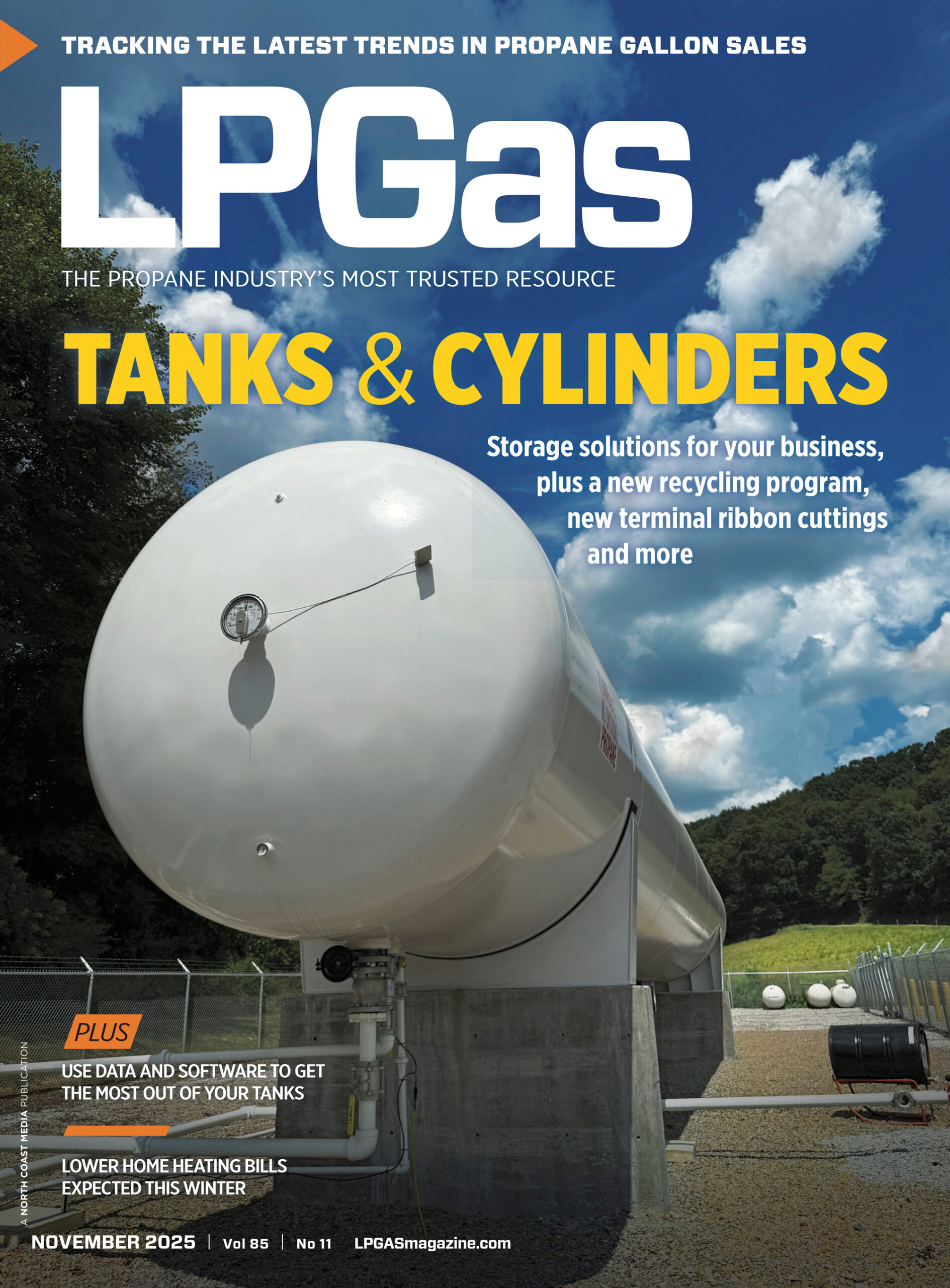Propane-powered steam tech emerges as cleaner alternative to soil fumigants
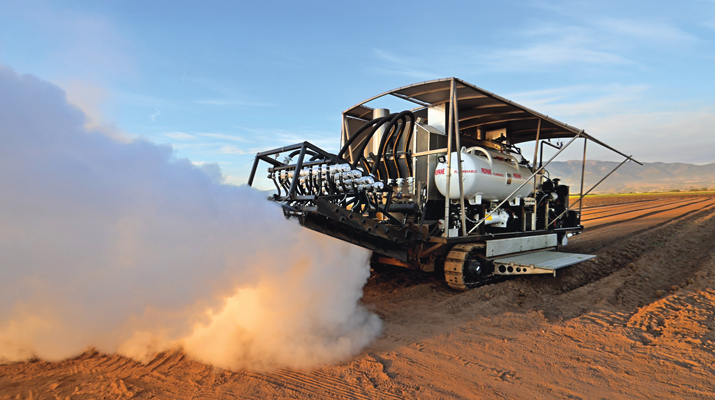
A project to build propane-powered equipment that uses steam to control pathogens and weeds in soil as an alternative to most fumigants has advanced through a partnership between the Propane Education & Research Council (PERC) and the University of California, Davis (UC Davis).
Initially designed in California to protect crops from weeds and disease, the propane-powered equipment injects steam hot enough to control nematodes, weed seeds and pathogens. The project has evolved over the last decade and a half – from a handful of prototypes that tested propane and diesel fueling to a customizable unit that runs exclusively on propane and is commercially available today.
LP Gas caught up with Steve Fennimore, professor of cooperative extension at UC Davis’ Department of Plant Sciences in Davis, California, and Michael Newland, director of agriculture business development at the PERC, to find out how work on the equipment has progressed, how the partnership has evolved and the next steps for rolling out the equipment.
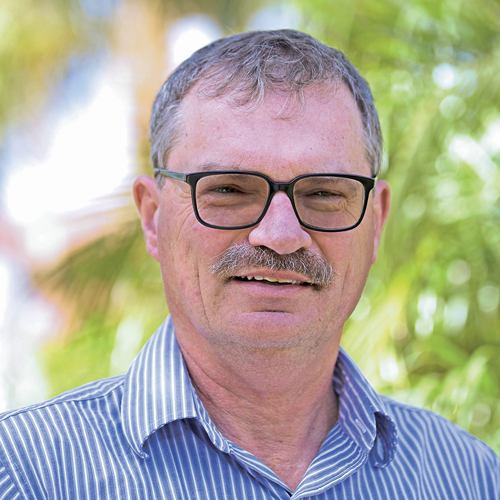
The technology
The equipment is part of a unit called the soil steamer by PERC and other stakeholders. The soil steamer has been tested and operated on a variety of crops, and there are currently two versions of the unit: one that operates on carrot and lettuce crops and another that works on strawberries.
The remote-controlled unit, hydraulically powered by a Kubota propane engine, drives over raised beds and injects steam into the soil before crops are planted. The unit consists of a steel frame with spikes that have holes drilled into them. The spikes inject steam at carefully placed intervals into the top few inches of the soil. (Injection depth varies based on how deeply a crop’s roots grow. Carrots and lettuce, for example, are a relatively shallow-planted crop, Newland notes.) A propane-powered steam generator helps heat water and produce the steam.

Injecting steam heated to a critical temperature of 160 degrees Fahrenheit into the soil for 15 to 20 minutes for most crops controls most targeted pests by more than 90 percent, Fennimore says.
“That reduces the pest load in the soil, and weeds don’t emerge, or emerge [significantly] reduced,” Fennimore says.
The soil steamer is, in part, designed to answer the demand of a growing organic farming sector, Fennimore says. PERC also notes in promotional materials that the steamer can enable large, commercial-scale farms to easily deploy the method.
Propane’s key role
Given the significant amount of propane required to run the soil steamer – ranging from about 160 gallons per acre for lettuce crops to around 1,200 gallons per acre for strawberry crops – the technology offers the LPG industry a substantial business opportunity. The amount of propane required varies based on the volume and depth of the soil that needs to be heated for the crop. Carrots and lettuce tend to be shallower-planted crops, so steam doesn’t need to be injected as deeply into the soil as it does for strawberry crops.
Additionally, the agricultural market is already a familiar customer of the industry, with over 800,000 farms across the United States using the fuel for grain and crop drying, building heat for livestock or greenhouse production, water heat for various applications, power generation, irrigation engines and weed control, Newland says.
Lowering costs, boosting health
Fueling the soil steamer with propane instead of diesel, which is more expensive, adds a notable operational cost benefit.
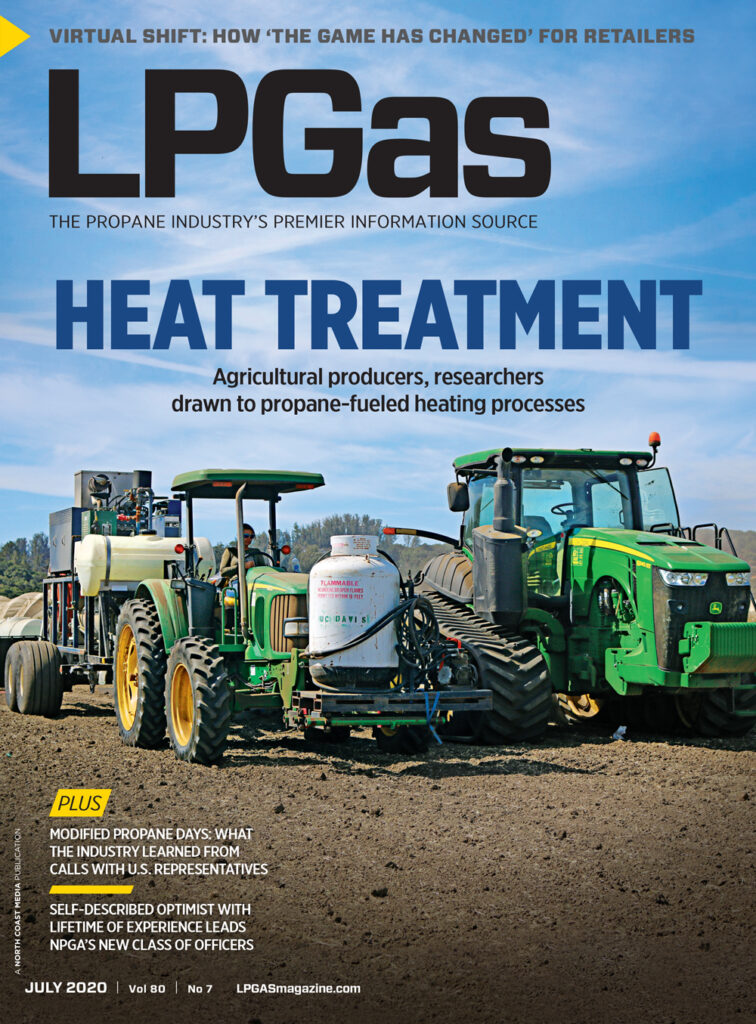
Deploying the steamer may not only mitigate the effects of a labor shortage in the agricultural industry, but it may also help farmers cut down on weeding. Organic carrot growers with whom Fennimore has spoken cited high hand-weeding costs as a hurdle to doing business.
“We think it’s a big net positive for the economics on the farm,” Newland says. “We’re proving that on a daily basis with trials in California.”
The steaming method also shows evidence of raising healthier plants. When the first prototype was tested on organic blackberries and raspberries, the steam-treated blackberry plants were 18 in. taller than the others.
“That, of course, caught everybody’s attention,” Fennimore recalls.
Moreover, soil steaming serves as an alternative to some pesticides, which can be costly and may impact human health.
Propane’s role in advancing the soil steamer is especially important in California compared to other states, in part because of tighter air quality and pesticide use standards. With only 4 percent of the nitrous oxide of diesel emissions, and without producing the soot that diesel does, Fennimore says, propane is a cleaner fueling option.
“When I’m starting up a machine and [driving] it out of a building, it’s such a big difference,” Fennimore says.
Because California leads the way with air quality legislation, Newland points out, the propane industry has an opportunity to be at the forefront of those regulations by partnering to power this agricultural technology.
“We have to be good neighbors. [There may be] a home right next to a lettuce or a strawberry field,” Newland explains. “You have to be very mindful of what you’re using in those fields, and the impact on those homeowners.”
Partnering with PERC
PERC has played an increasingly active role in the research and development of the soil steamer over the years.
In 2011, Fennimore designed proof-of-concept machines and conducted base research on factors like how much steam was required to heat the soil to the temperature required to destroy pests and weed seeds, and for how long, and constructing the first prototype, which was a propane-fired unit. Interestingly, one of those initial units was tested on strawberries, Fennimore says.
While PERC did not play an active role in the project at that time, years earlier, the research, testing and demonstration of the technology was funded in part by a PERC grant and built by the UC Davis team. (PERC apparently awarded its first grant in the steam space, for $29,100, in March 2008, Newland says.)
Several years and prototypes later, in 2017, the project, which included a propane-powered generator, received federal funding. A second version, however, that Fennimore tested in 2021 and 2022, relied on a loaned steam generator from France that was powered by diesel.
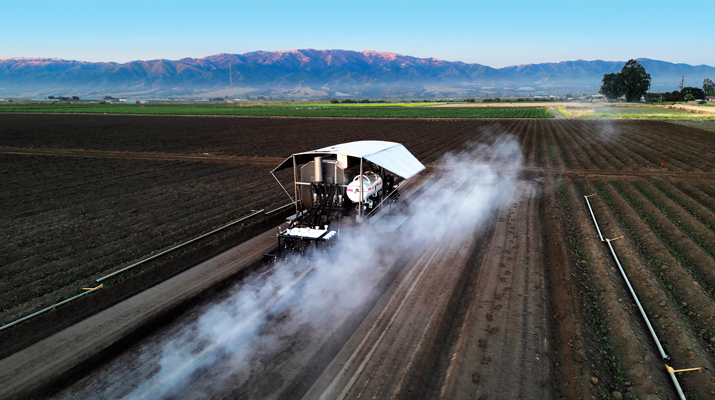
Fennimore wanted to return to fueling with propane. He submitted a proposal to PERC to help support a build of the current unit, which has a propane-fired steam generator. The propane council chose to fund the soil steaming equipment project because it works to solve a unique issue: replacing impactful chemicals that are used in food production, Newland says.
PERC awarded a $673,250 grant to support the continued development of the soil steaming technology in December 2022 as part of its partnership on the project. The funds are helping Fennimore’s business build a version of the steamer that can operate at the commercial level, Newland explains. For a project of this size and scope, that entails sourcing components from around the world and getting input on attributes that would make deploying this machine on a farm successful.
“A lot of engineering hours went into it to make it all come together,” he adds.
Fennimore and his team built the latest PERC-funded unit in late 2023 and got it up and running in early 2024. They introduced it in Arizona, in part through a partnership with the University of Arizona, Yuma, and have been demonstrating and operating it in carrot, lettuce and other vegetable crops ever since, he says.
After seeing success with its second version, the team began building a propane-fueled soil steamer for strawberry crops. That unit is currently under construction, with the team aiming to finish it by strawberry treatment season in September 2025.
It is worth noting that the technology’s benefits are not limited to agriculture in the U.S. Southwest. The soil steamer can also help crops like strawberries thrive in other regions, particularly the Southeast.
Next steps
PERC continues to devote efforts to promoting the soil steamer, including through digital communications and at industry trade shows amid the challenge of transporting the unit for demonstrations.
“It’s a big piece of equipment. You’ve got to put it on a semi every time you move it,” Newland says. “We’ll do whatever we can to assist Dr. Fennimore in getting the word out.”
To bring the soil steamer to more crops, Fennimore and his business partner plan to seek funds to continue scaling up and moving toward full commercialization.
Fennimore says he plans to retire from UC Davis soon and begin working on the project full time.
“We’re going to take it as far as we can go.”










